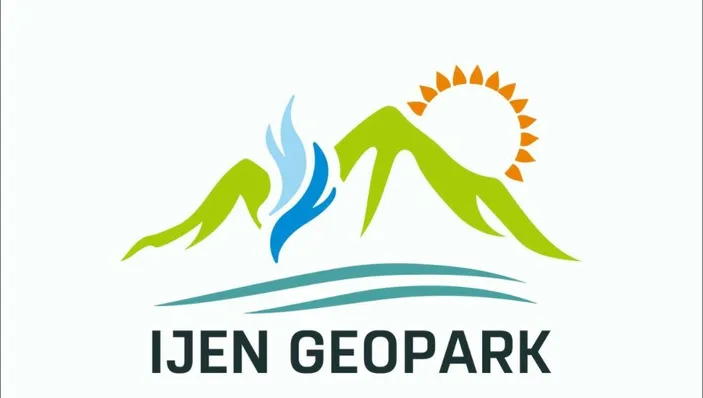Author Guidelines
AUTHOR GUIDELINES BIOSAPPHIRE: Jurnal Biologi dan Diversitas
The Author’s Guideline of BIOSAPPHIRE
The manuscript is the authentic research result that has not been published yet in other publication media or publishing houses.
Manuscript accepted is written in standard English Language or the Indonesian language must be submitted through Online Submission System using Open Journal System (OJS) on the BIOSAPPHIRE: Jurnal Biologi dan Diversitas (https://jurnal.unipar.ac.id/index.php/BIOSAPPHIRE/index). Then, register as one of the author or reviewer in the “Register” bottom.
The length of the manuscript is approximately 12 pages, no less than 5 pages, written in Times New Roman 12, A4 paper format, margins: top 1.5; left 2.5; right 2.5; bottom 2.5, one column, justified, 1.5-spaced.
The manuscript should contain several aspects of a scientific article as follows: (subtitles as the order), which are:
(a) the title of the article,
(b) the author’s name (no academic title),
(c) the affiliated author’s address,
(d) the author’s email
(e) the abstract and the keywords, main headings: Introduction, Methods, Results, conclusion.
ABSTRACT
The abstract describes the essence of the manuscript in an informative and clear manner, including the main issues, the proposed approach and solutions, and highlighting key findings and conclusions. The abstract must be written in English. The word count for the abstract should be approximately 100-200 words, written in a single paragraph. Foreign terms should be italicized. The font type and size should be Times New Roman, 11pt. The abstract should be written with single spacing. Keywords must be included and reviewed, as well as the main terms underlying the research. Keywords can be one word or a phrase, consisting of 3-5 words or phrases. These keywords are necessary for computer indexing. Research and searching the abstract's title become easier with these keywords.
Keywords: Up to 5 keywords, separated by commas.
INTRODUCTION
The introduction consists of: (1) the research problem; (2) insights and planning for solving the problem; (3) research objectives; (4) a summary of the theoretical studies related to the observed problem. This section may also provide the expected results. The introduction should be written with single line spacing.
This template format is created in MS Word (.doc) and then saved in Rich Text Format (.rtf). This allows authors to prepare their manuscripts that comply with the guidelines of the Biossaphire Journal effectively. The article content should be written in Times New Roman, font size 12; 1.5 line spacing; 0 pt before and after the spacing.
MATERIALS AND METHODS
Essentially, this section explains how the research was conducted. The main content to be written here includes: (1) research design; (2) population and sample; (3) sampling techniques and instrument development; (4) data analysis techniques.
The specifications and types of tools and materials should be written if the research was conducted using them.
Qualitative research, such as classroom action research, case studies, and others, needs to mention the presence of the researcher, the research subjects, and participating informants, as well as the methods used to collect data, research location, research duration, and a description of the validation of research results.
It is recommended that authors avoid breaking the content of the article into smaller sections under the second subsection of this section. However, if there are unavoidable factors, the writing style should follow the “Results and Discussion” section.
RESULTS AND DISCUSSION
This section contains a summary of the results and discussion that refers to the research objectives. Thus, the main ideas, which are an important part of the research findings, are developed.
Suggestions based on the results discussed are also written in this section. These should be based on practical activities, new theoretical developments, and/or further research.
The purpose of the article discussion is to: (1) answer the research problems and questions; (2) demonstrate how the obtained findings were derived; (3) interpret the findings; (4) connect the findings with established knowledge structures; (5) generate new theories or modify existing ones.
The research results should be clearly concluded in answering the research questions. The interpretation of the findings should be done using logic and existing theories. The findings, which are facts discovered in the field, should be integrated with previous research or existing theories. This should be supported by reliable references. In cases where the researcher introduces new theories, old theories may be confirmed, rejected, or modified.
The research results may be complemented by tables, figures, and graphs (providing information for the authors) to clarify the verbal translation of the results. Before presenting the tables and graphs, they should be accompanied by a narrative and then commented on or discussed.
Guidelines for Writing Tables and Figures
- Tables and figures should be in accordance with the information needs of the paper.
- Each table, figure, and graph must be accompanied by a caption. For tables, the caption is placed at the top, while for figures and graphs, the caption is placed at the bottom.
- Tables and figures should be placed at the beginning or the end of the page.
- Before using tables and figures, authors are advised to provide a narrative review related to the table or figure to be presented, including the table or figure number.
- Figures must have good resolution.
- For graph images, it is highly recommended that they be colored, without a graph title. The legend should be written in the caption after the graph name.
- Tables must contain at least two rows of data and require calculations, with no repetition of units.
- Tables should only have lines at the top and bottom of the table header and at the end of the data.
- Tables must be presented in full, not split across pages.
- If there are two related tables, they may be placed next to each other.
- The presentation of tables and figures/graphs may combine two columns of text if necessary.
CONCLUSION
The conclusion is a summary of the problem presented and must be based on the research findings. This section may also include suggestions (if necessary).
ACKNOWLEDGEMENTS
This section may be written if there are specific parties who need to be acknowledged, such as research sponsors. Acknowledgements should be brief and clear. Additionally, avoid hyperbolic recognition.
REFERENCES
Citations and references must be written according to the APA 7th Edition style, formatted using the latest version of Mendeley software.
The manuscript must be in Microsoft Word (.doc) and sent to the journal system via online submission by creating an account in this Open Journal System (OJS) [click REGISTER if you have not had any account yet; or click LOG IN if you have already had an account].
All correspondences, information, and decisions for the submitted manuscripts are conducted through email was written in the manuscript and/or the emails used for the submission. The status of the manuscript can be checked in the OJS by logging in to the journal.
If you have submission queries, please contact : uniparbiodiversity@gmail.com or 081333771681.













